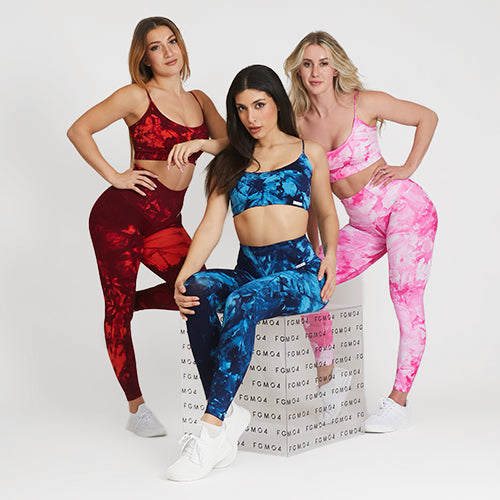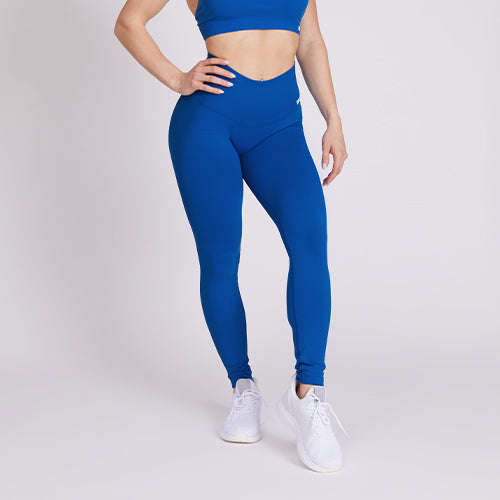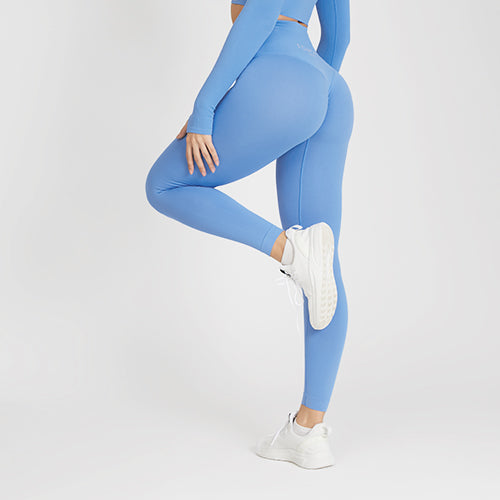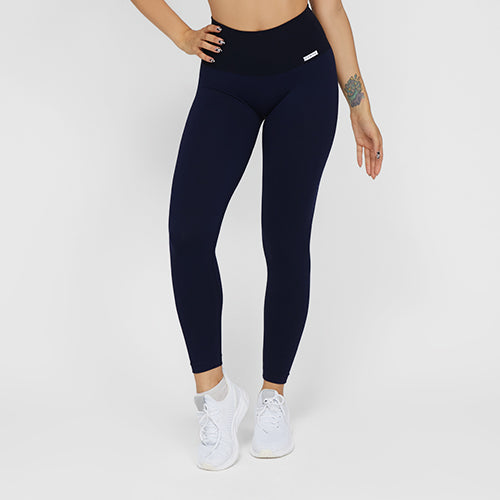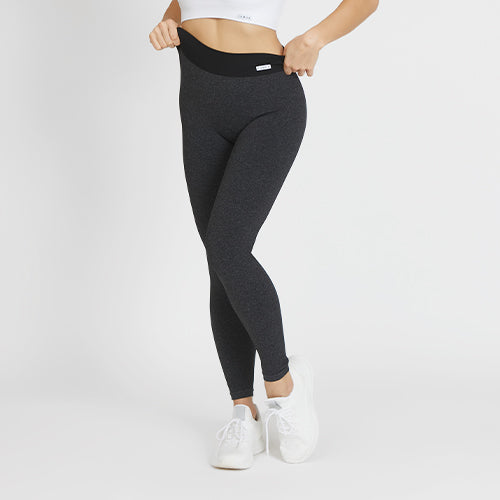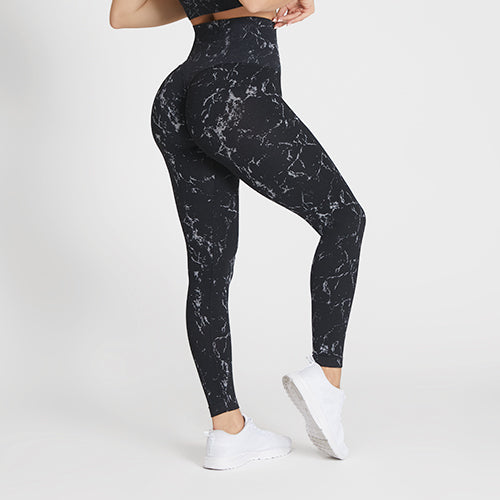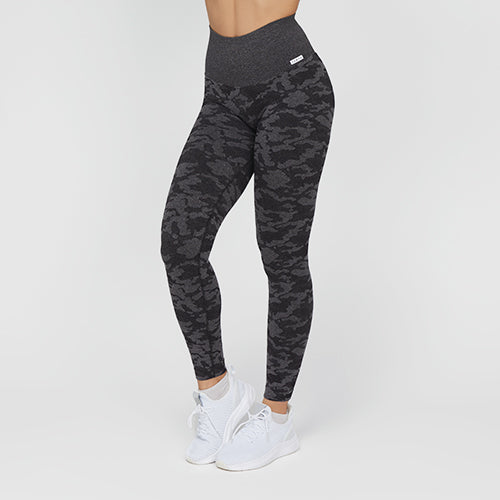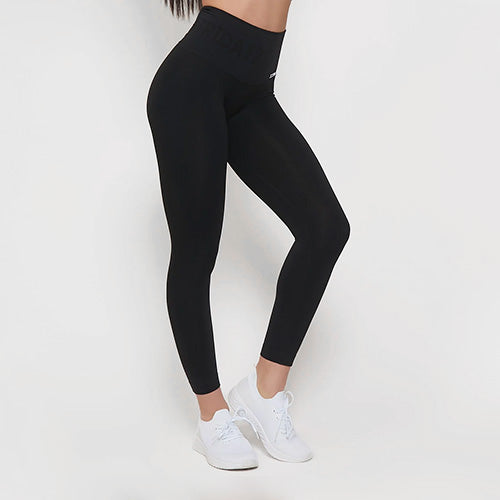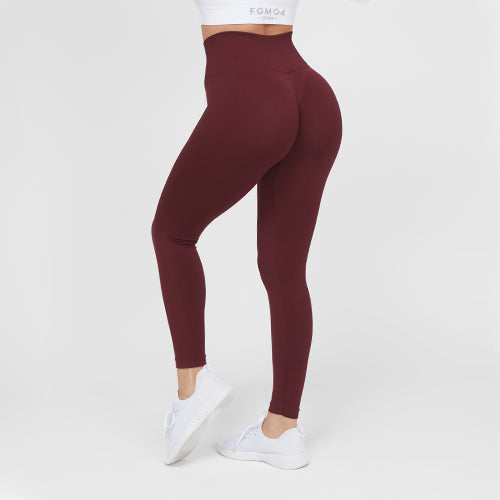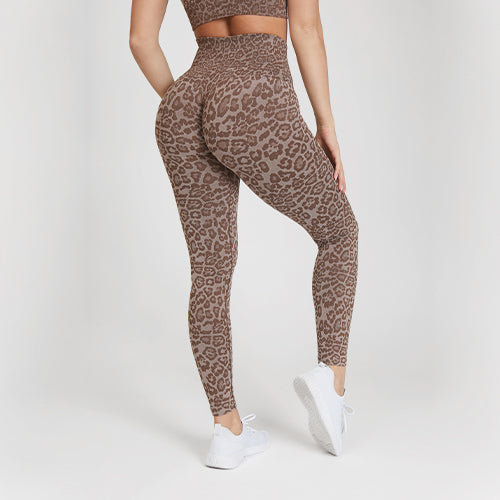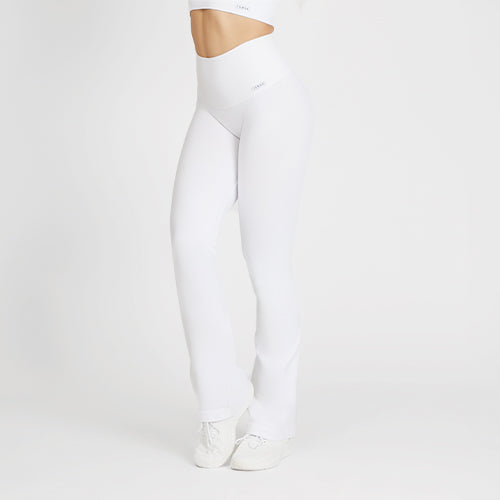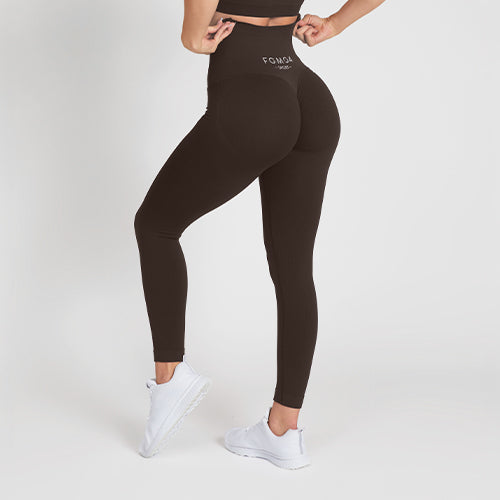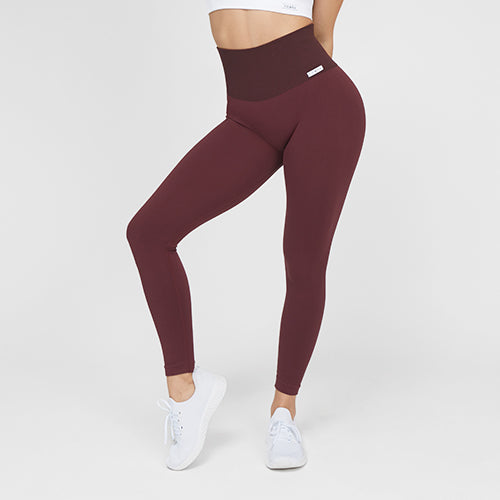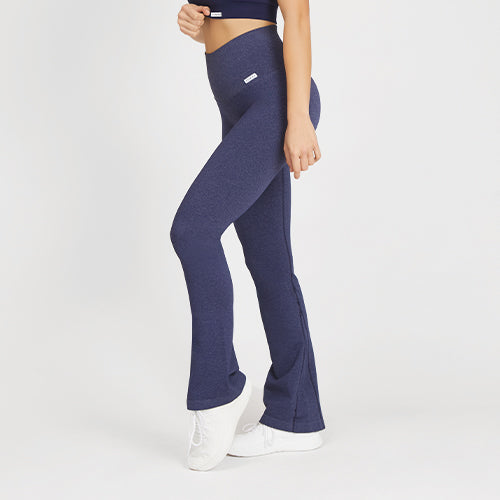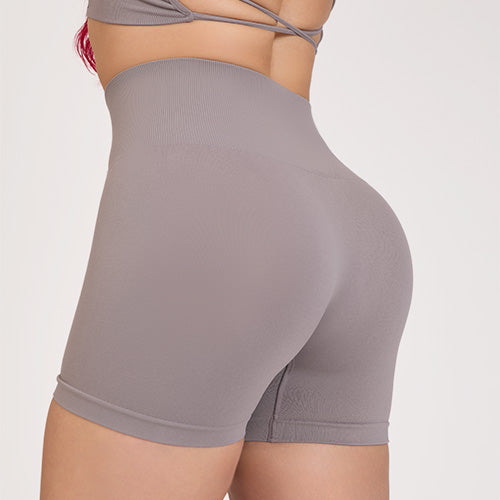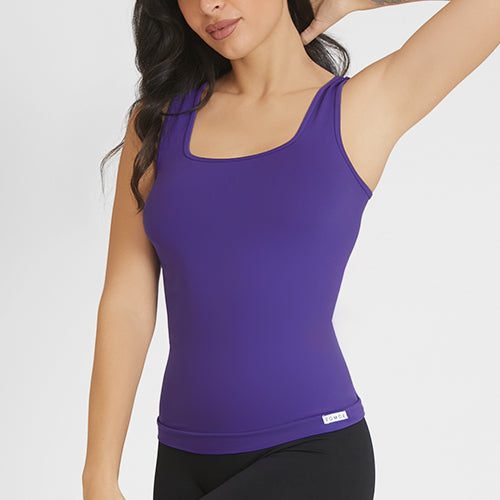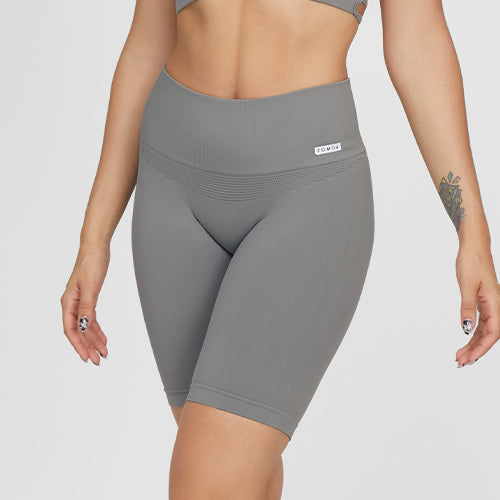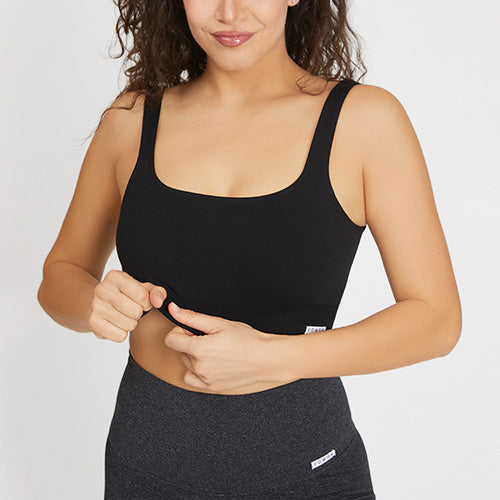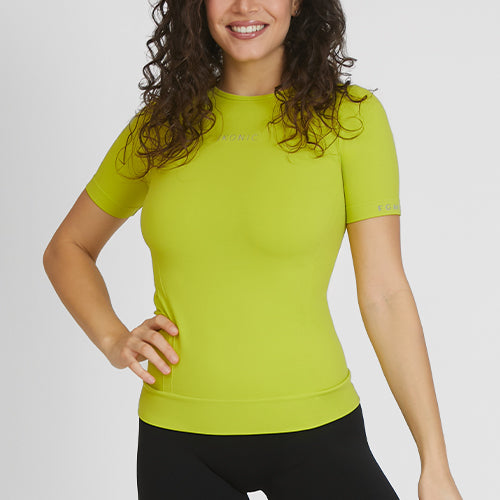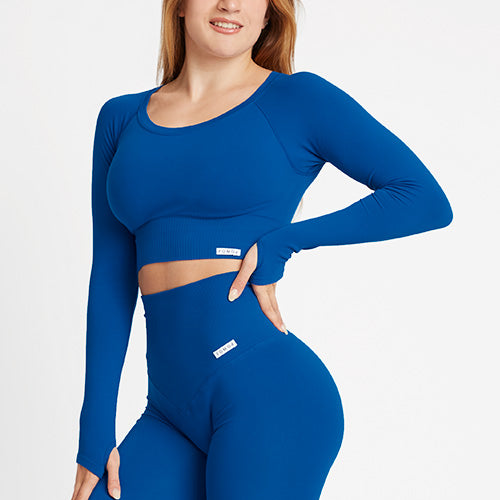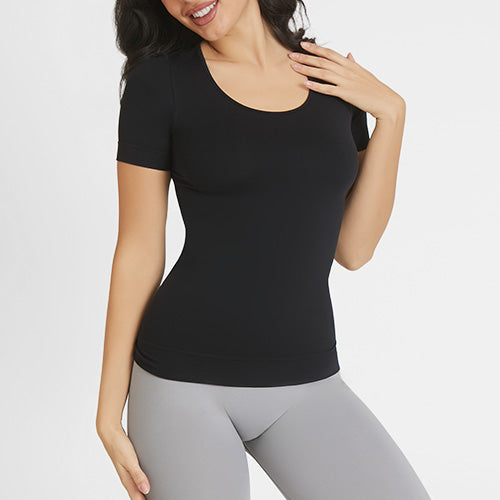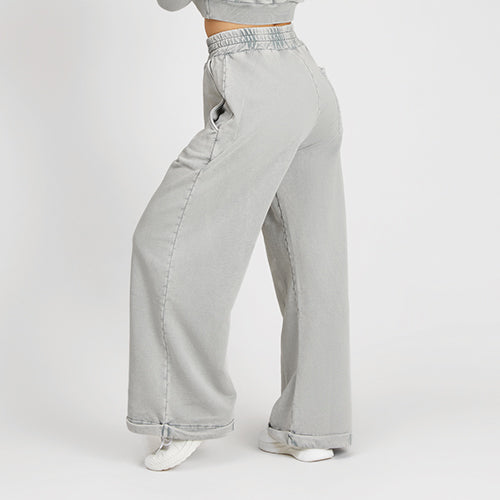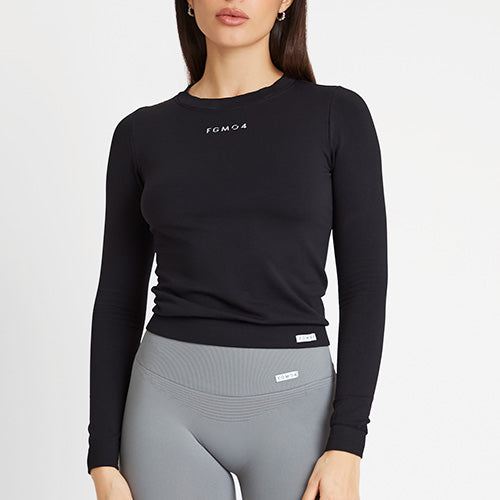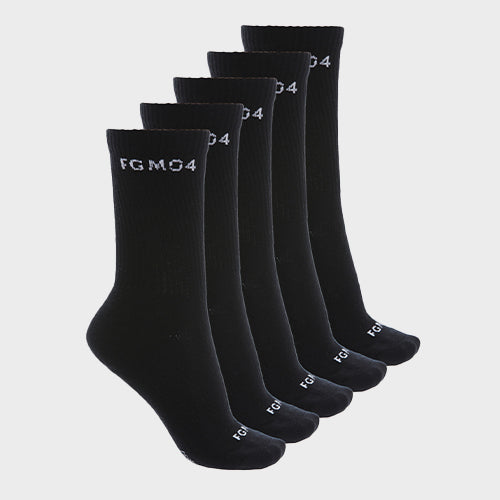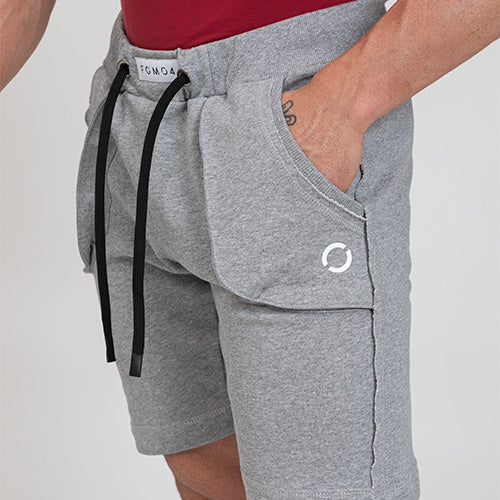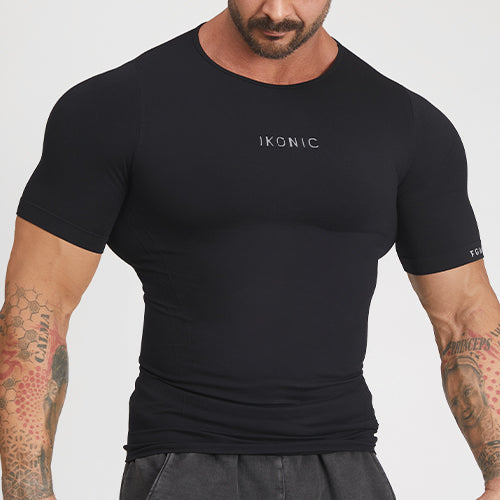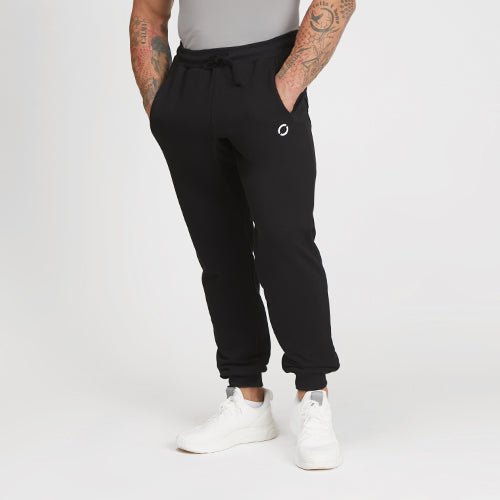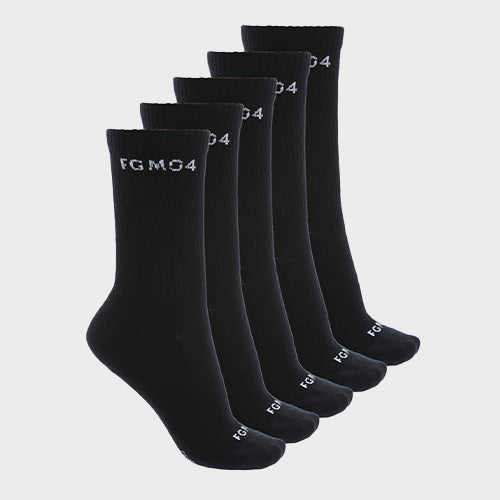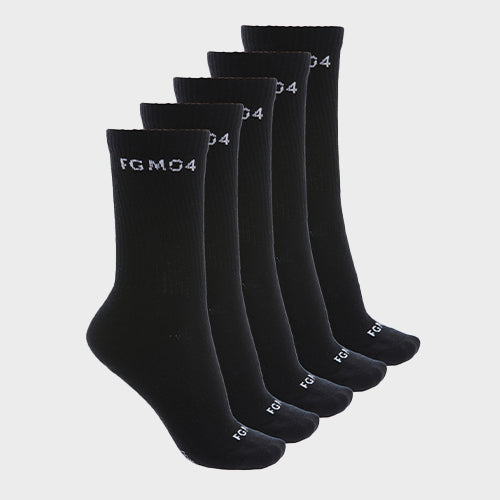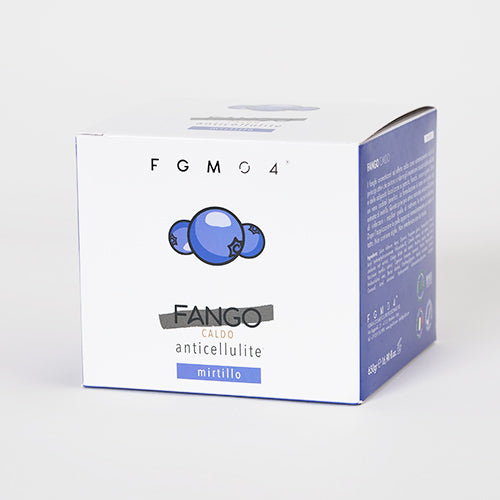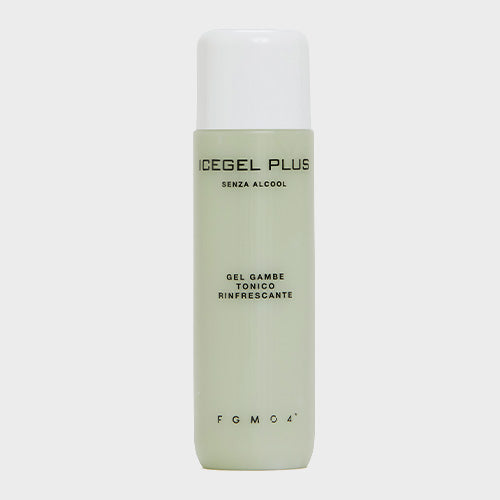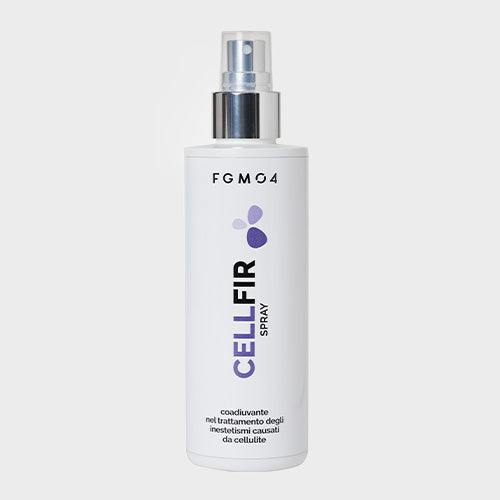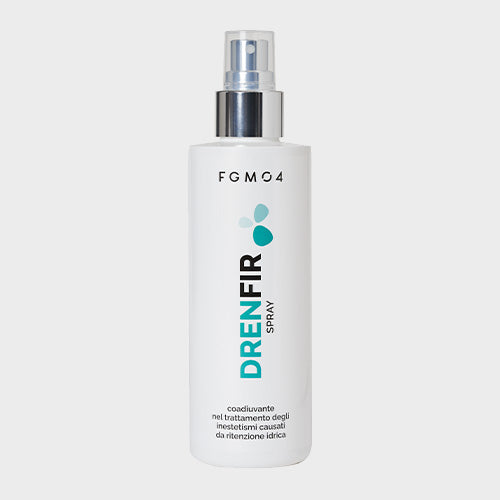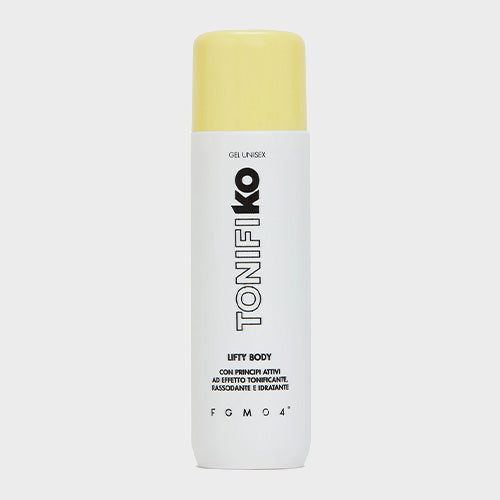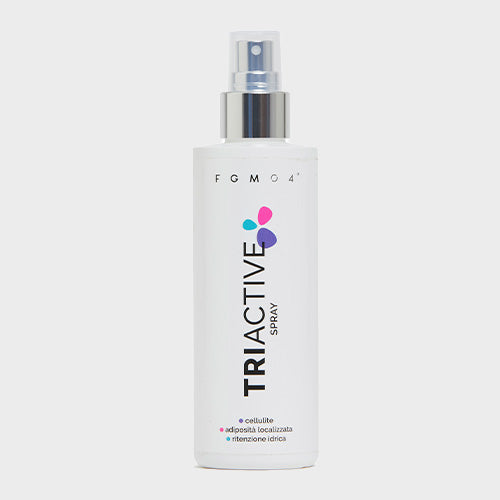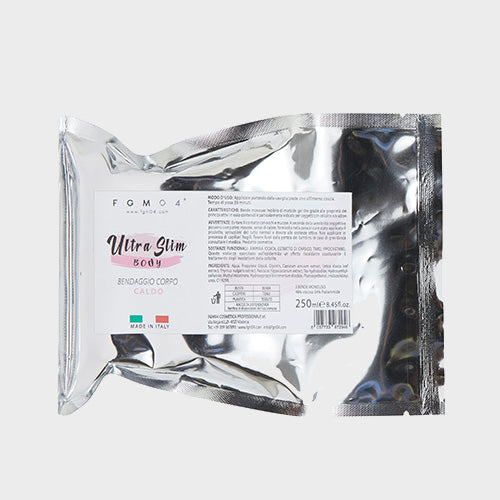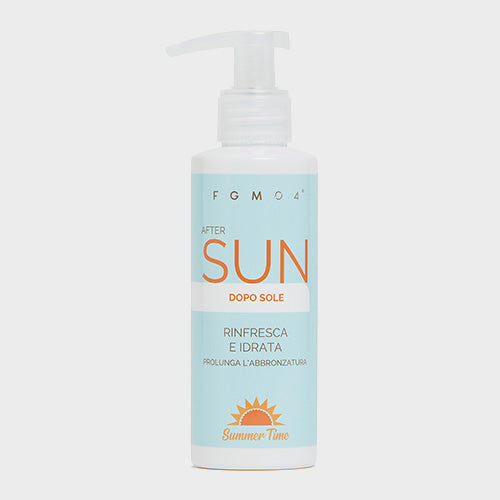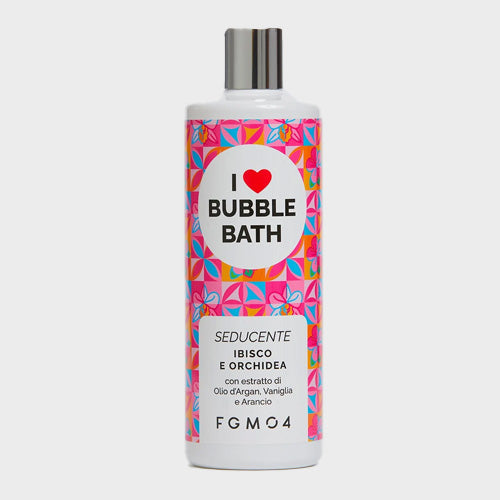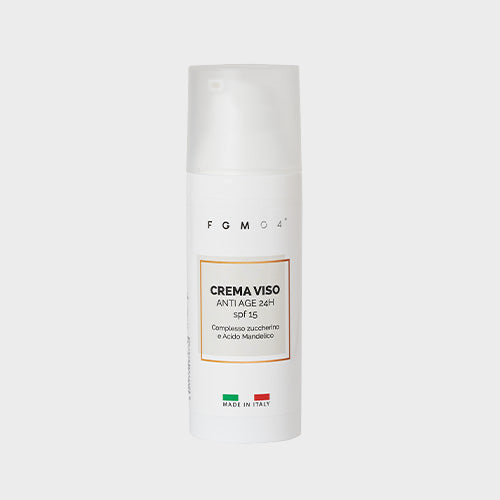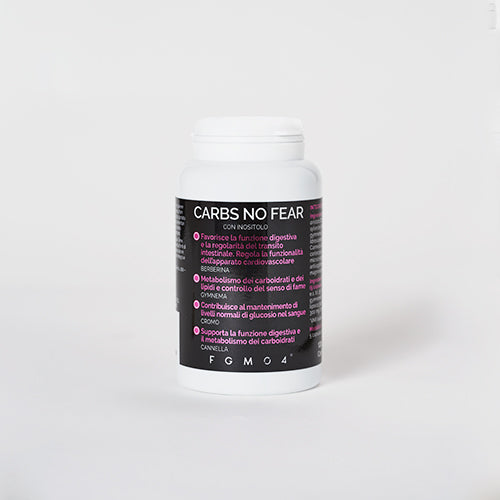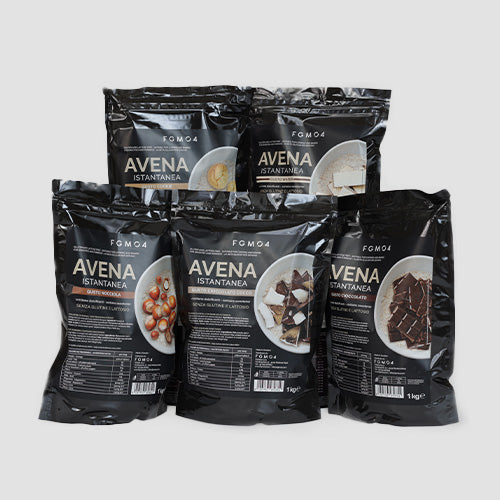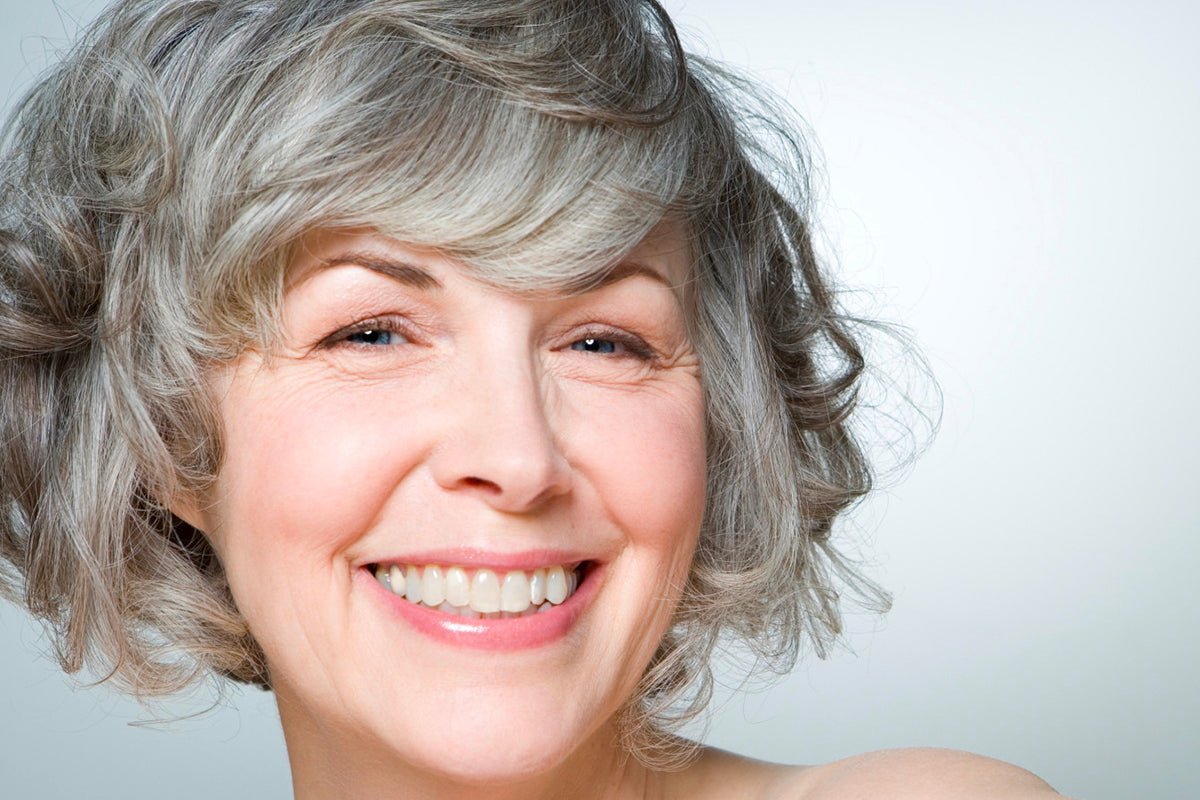Aging is a physiological phenomenon that affects most living species. And yet the desire to postpone its effects - or possibly stop them - is among the most recurrent in human history.
Although there are no potions capable of stopping our clock by magic, we have more and more tools available to intervene on the gears.
DMAE
dimethylaminoethanol (DMAE), more informally called deanol, is a molecule that we find naturally produced by our brain, in small quantities. But we find it in abundance in fish such as sardines, anchovies or salmon.
Our fabrics are able to obtain acetylcholine from DMAE, which therefore serves as a precursor.
The DMAE, an active principle very special, whose list of beneficial properties for the body whets our taste for magical narratives.
As usual, before going into the details of the molecule, let's remember that cosmetics do not differ only based on the main active ingredient. The composition of the recipe is just as important and it is therefore essential to learn how to interpret the INCI on the back of the product.
Those of you who have read us since the first articles know well what we are talking about. Someone will say "And if I have never heard of the INCI or I want to better understand what it is about?". In this case, just read our article focused on this specific aspect!
Are we ready?
Let's see together where it takes us and what secrets the active ingredient we are analyzing today, the DMAE. Knowing its characteristics will allow you to fully understand why FGM04 has made it the protagonist of the face line DMAE Revolution unisex.

Ageing
You too stubbornly answer every year “25!” who dares to ask you how old you are?
Well, opposing an iron obstinacy to the indelicate advance of the chronological age is commendable, but it might not be enough.
Faced with a phenomenon as unwelcome as it is inevitable, the question arises spontaneously: why do we age?
Before trying to answer, let us see that what is ageing, increasingly referred to in English as "ageing".
The spectrum of changes to which this word refers - only in the biological field - is very broad and also includes markedly different phenomena. From loss of skin elasticity and the appearance of wrinkles to increased susceptibility to disease. From menopause in women to andropause in men. From reduced learning ability to skeletal and muscular weakening.
You are right, the picture is not very exciting! But let's try to understand something more. What causes these very diversified transformations?
The biological mechanisms underlying the changes that accompany us from the age of 25-30 are numerous and still under investigation.
The current framework includes two deeply intertwined aspects. On the one hand, there is evidence to support a "lowering of the defences", in part programmed in our genes. On the other hand, the contribution given by the accumulation of damages, due to both external and internal agents, is widely recognized.
Let's take into consideration the aging of the skin.

The progressive aesthetic and functional deterioration of the skin is a complex phenomenon. In part it is due to molecular processes - mainly genetic - that occur spontaneously. However, damage to the structure of the tissue, cell and DNA adds to the spontaneous processes. Among the best known harmful agents we find UVA and UVB solar rays, responsible for the so-called photoaging.
Therefore, there is room for action! We may not be able to stop the aging process, but we can definitely delay it.
In this regard, DMAE is undoubtedly a weapon that we want to have at our side.

But what is acetylcholine?
Not to be confused with phosphatidylcholine, which we talked about some time ago, acetylcholine is a very important neurotransmitter. It is therefore a messenger that cells – in particular neurons – use to communicate information to other cells.
For example, it is precisely acetylcholine that is released by nerve cells to transmit the order to contract to the muscles.
Or again, in the brain acetylcholine is used as a messenger by neurons involved in learning and memory functions.
If DMAE is a precursor to such an important compound, we can expect its intake to produce remarkable effects. And indeed it is!
The benefits of DMAE
The list of benefits produced by this active ingredient is really long!

Among the most notable is the effect on memory. Laboratory experiments in favor of DMAE as a tool to improve memory date back to the second half of the last century [1]. The molecule was then widely used as a supplement for learning and as an aid in the fight against Alzheimer's disease [2].
It was precisely the use for this purpose that over the years has highlighted the potential of DMAE in the cosmetic field. In fact, people who regularly take this molecule of ours report an increase in skin firmness in the cervical region [2].
Curious, right? I take a substance to remember better and my skin also benefits!
Naturally, numerous studies followed around the turn of the millennium [2]. What we know today is that applying DMAE directly to the skin increases its thickness and promotes its hydration. Furthermore, there is an increase in the collagen fibers [3, 4].
Collagen… Doesn't sound new, right?
Collagen is the most abundant protein found in the dermis. It aggregates to form fibers, fundamental for the characteristics of elasticity and firmness of the skin.
In addition, our molecule fits into the cell membrane, improving its resistance [2].
If the uses for skin care and stimulation of learning are the main ones, however they are not the only ones!
The list goes on and we find the use for the treatment of hyperactivity and attention deficits in children, chronic fatigue and panic attacks. There are indications that our molecule even favors a better quality of dreams [5]!
Moreover, DMAE would seem to be able to limit the symptoms of aging in other organs as well, such as the heart for example [5] .
Against free radicals to hinder aging
How do you justify such a broad spectrum activity ?
Well, it has been shown that our molecule reduces and contrasts the free radicals [2].
Let's stop.
We have all heard of free radicals. But what are they? And what role do they play?
Better to clarify!
It is a substance – it can be an atom or a molecule – which happens to have a particularly unstable arrangement of electrons. This condition leads it to be extremely reactive, i.e. to interact very easily with other substances to exchange electrons.
Many biochemical reactions that take place in our cells produce free radicals, sometimes with a useful purpose, but more often as an inevitable waste. The problem is these wastes are toxic!
Their interaction with other substances, such as proteins or DNA, produces alterations and breaks in the molecular structure.
The cells of our body are equipped to dissipate the excessive "exuberance" of free radicals. However, no mechanism is perfect and situations of cellular stress increase its production. The most serious damages are those that radicals can cause to DNA.
Okay, we made a big jump! From wrinkles, unfortunately visible to the naked eye, we have come down to microscopic DNA.
Let's immediately fill the void we've created.
Every cell in the body is the repository of the individual's genetic code. The cell draws on the code to obtain the instructions necessary to direct the whole range of aspects that make up its life. So for metabolism, for structural modification or maintenance, for replication, etc., the cell "reads" portions of DNA.
It is clear that if the code is damaged, some cellular functions are lost. DNA damage is in fact one of the main elements involved in aging.
Therefore, by counteracting free radicals, DMAE exerts a valuable antiaging activity [2].
Conclusions
Today we put a truly remarkable active ingredient under our magnifying glass.
With its multiple beneficial properties, DMAE turns out to be an extraordinary tool to promote the well-being of the skin and counteract its aging.
In particular, our molecule
- protects structurally skin cells;
- favors the production of collagen fibers in the dermis and, therefore, the firmness of the skin;
- contrasts i free radicals helping to keep cells young.
With such a prestigious track record, it's hard not to want him as an ally. FGM04 has chosen it as the leading ingredient for its line DMAE of face and body creams.
In the next article we will continue to talk about antiaging with Aloe Vera. I know, you already know this famous plant for skin care. But are you sure you know all its secrets?
See you soon!
Roberto, Molecular Biologist
References
- Blin, Olivier, et al . “Effects of dimethylaminoethanol pyroglutamate (DMAE p-Glu) against memory deficits induced by scopolamine: evidence from preclinical and clinical studies. ” Psychopharmacology 207. 2 (2009): 201.
- Gragnani, Alfredo, et al. “Dimethylaminoethanol affects the viability of human cultured fibroblasts. ” Aesthetic plastic surgery31. 6 (2007): 711-718 .
- Liu, Su, et al. “Effects of dimethylaminoethanol and compound amino acid on D-galactose induced skin aging model of rat. ” The Scientific World Journal 2014 (2014).
- Tadini, K. TO , and P. m b g Campos. “In vivo skin effects of a dimethylaminoethanol (DMAE) based formulation. ” Die Pharmazie-An International Journal of Pharmaceutical Sciences 64. 12 (2009): 818-822 .
- Malanga, Gabriela, et al. “New insights on dimethylaminoethanol (DMAE) features as a free radical scavenger. ” Drug metabolism letters 6. 1 (2012): 54-59.


